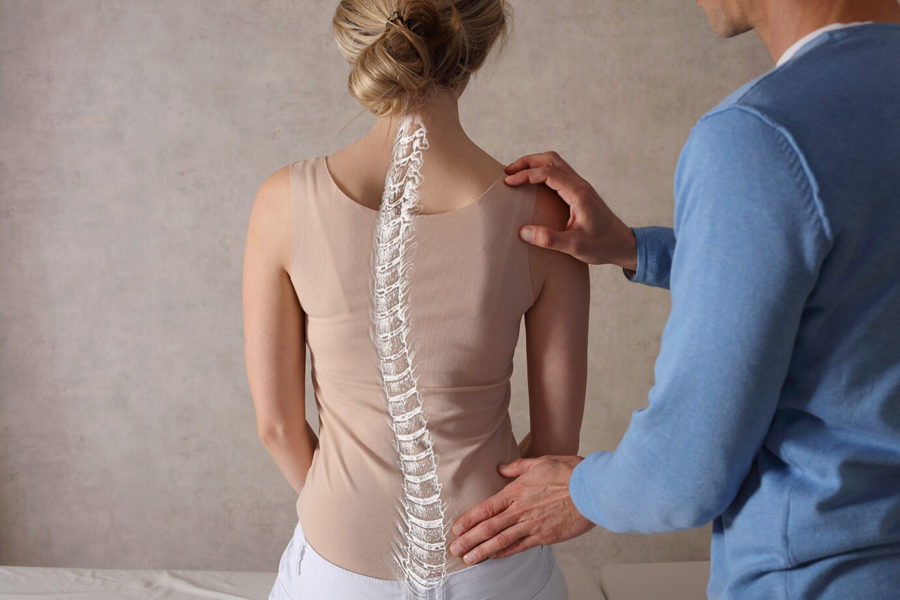Understanding the Different Types of Adult Spine Deformities
When you think of spinal deformities, you may think of scoliosis — most commonly, scoliosis that occurs in kids and teens whose backs develop a curve as they grow.
But spinal deformities can affect adults, too, causing pain and other symptoms that can have a marked impact on your mobility, activity, and quality of life.
Kyphosis
Kyphosis is seen when a person’s spinal balance has moved too far forward to allow the spine to effectively carry the body weight without progressive deformity, pain or neurologic loss of function. Patients typically walk in a forward flexed posture being unable to stand up straight. This condition can also occur along with scoliosis causing Kyphoscoliosis.
Lordosis
Lordosis is a spine deformity that causes an inward curve in your lower back (the lumbar spine). You may have heard lordosis called by its (rather unflattering) nickname, “swayback.”
Like many adult spine deformities, lordosis can be associated with age-related changes like arthritis or osteoporosis, with other spine conditions, or even with obesity.
Lordosis can cause pain when lifting or bending, and it may also cause pain in other weight-bearing joints, like your knees.
Scoliosis
Scoliosis is an abnormal curvature of the spine that can occur in any age group. Scoliosis is a coronal plane (i.e. side to side) deformity occurring in children, adolescents, and adults. Symptoms vary with age of onset and severity of the curvature; cosmetic problems including sitting imbalance, breathing difficulty or delayed development is common findings in infants and young children. A rib hump, pelvic or shoulder height imbalance tend to common in the adolescent group. Intractable back pain, sciatica, leg weakness or numbness and gait difficulty are common reasons for surgical correction in adults.
Treating spine deformities
Spine deformities can cause painful symptoms, but fortunately, we can treat many of these problems conservatively with nonsurgical options.
Depending on the results of your evaluation, your treatment plan could include:
-
Medication to relieve pain or inflammation
-
Physical therapy to improve spine mobility and flexibility
-
Posture exercises
-
Lifestyle changes to avoid back strain
-
Bracing to aid in alignment and support
Most people benefit from a combination of therapies, with adjustments made as your symptoms evolve or improve. For more severe issues or if these options don’t help relieve your pain, May recommend surgery to address problems with your discs, spinal nerves, or vertebrae (your spine bones).
Western Sydney Chiropractic Clinic Serves Suburbs – Chiropractor Near Me
Seven Hills NSW 2147
Kings Langley NSW 2147
Kings Park NSW 2148
Blacktown NSW 2148
Baulkham Hills NSW 2153
Norwest NSW 2153
Castle Hill NSW 2154
Rouse Hill NSW 2155
Kellyville NSW 2155
Schofields NSW 2762
Quakers Hill NSW 2763
Marsden Park NSW 2765
Box Hill NSW 2765
Rooty Hill NSW 2766
Stanhope Gardens NSW 2768
The Ponds NSW 2769

